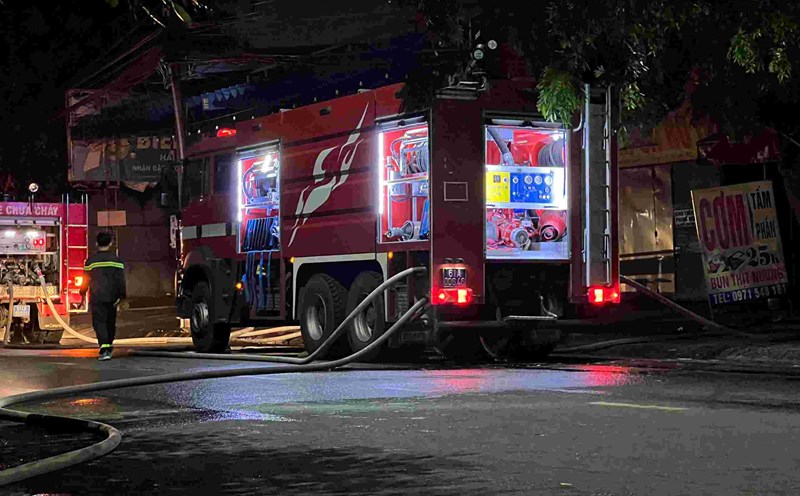This type of ice battery is used in office buildings, hospitals, hotels with central air conditioning systems and a huge ice storage space.
A system built in the basement of a bank building in New York consists of 100 tanks, each tank is the size of a parking lot, creating a huge amount of ice each night.
According to Holly Paeper - President of the American sales department of Trane technologies, the company has installed bang batteries in 4,000 buildings in 60 countries.
However, the designs of bang batteries are gradually changing. Nostromo Energy designs thin "Ice Brick" batteries that are suitable for small spaces. California-based Ice Energy also installs thousands of Ice Bear batteries in first-floor stores and plans to provide a smaller version called Ice Cub to households by the end of 2025.
Reels may be a cheaper, more durable choice than lithium-ionium batteries because their main ingredient is water. The expensive chemicals in lithium-ionic batteries can deteriorate after 10 years, but the water never breaks down.
Reels manufacturers claim their products are only priced at around half the price of lithium-ounce batteries over their long life. The disadvantage of bang batteries is that they are only used for cooling and do not store energy for any electrical appliances in buildings.
In suitable places, reel batteries can be combined with other forms of energy storage to help the grid keep up with the increasing demand for electricity, making more use of wind and solar energy.
When electricity costs increase, building managers will turn off the normal cooling system and use bang for cooling. In places with hot weather and fluctuating electricity prices during the day such as Texas, Southern California and much of the southwest United States, this method can help buildings reduce a third of their electricity bill.











